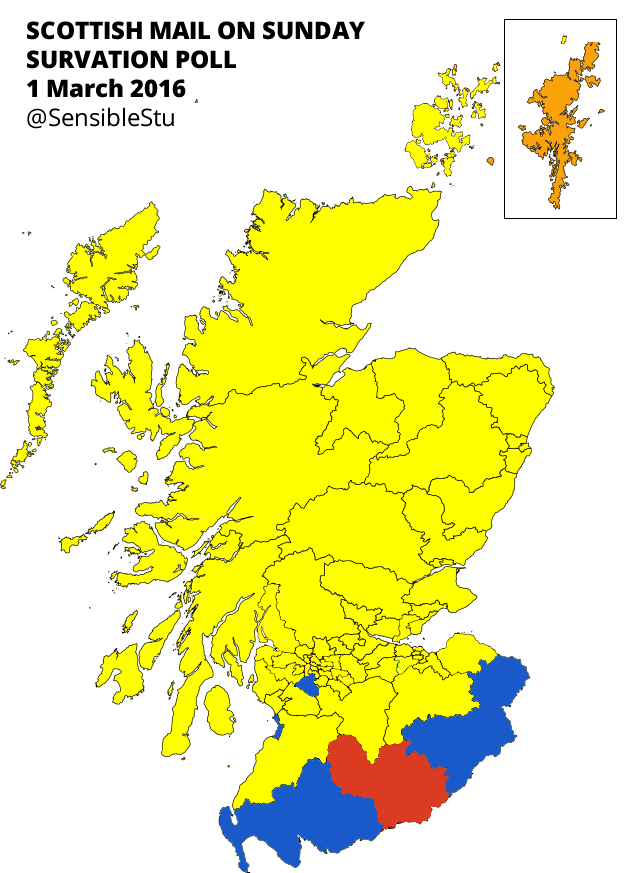How the SNP broke the electoral system last time (and why they’re unlikely to do so again)
The regional list system advantages the larger parties, but in particular the one that wins. This is for a number of reasons. In 2011, the SNP succeeded in picking up the all-important last seat in five out of eight regions, which can boost your share of seats far in excess of that which your share of the vote would entitle you to.
By contrast, if the Scottish Parliament’s regional lists were, instead, a national list, then the SNP would have won 60 seats, rather than 69 – five short of a majority. So how do you break the Scottish Parliament electoral system? And why is it unlikely that the SNP will do so next time?
Win all the constituencies
45%, uniformly, should win you almost all of the constituencies. In 2011 there was only one constituency where a candidate won 45% of the vote and still lost the seat – Frank McAveety in Glasgow Shettleston. Of course no one’s vote is uniform, but if you’re doing that on average you’re going to win a thumping majority of constituency seats. 50% on average across the constituencies likely wins you almost all of them. As constituencies account for 57% of Scottish Parliament seats, by winning them all can win you a thumping majority even when you haven’t won a majority of the vote. You’ve beat the system.
Some regions are more proportional than other
All regions have the same number of proportional list seats (7), but not necessarily the same number of constituency seats (ranging from 8-10). So if you’re going to dominate a region, it’s better to dominate regions like the North East with 10 constituencies, than the Highlands and Islands with 8 constituencies.
Divide your opponents
D’Hondt isn’t a transferrable voting system, so votes that don’t translate into seats don’t transfer to second preferences. In other words, it is in the dominant party’s interest to have a few parties on around 5%. These votes usually won’t amount to enough to win seats, allowing the dominant party to clinch those all-important final couple of seats in a region.
Bring your vote to the regions
In 2011, the SNP’s constituency vote carried over astonishingly well to the regional lists, while Labour has always struggled to do the same. This might be explained, partly, by Labour’s previous hegemony over constituencies creating a sense that regional list votes for Labour were worthless. So when Labour lost constituency seats, the extent to which they were compensated in the regions was disproportionately low. For example, had Labour carried its constituency vote share over to the regions in the Lothians, Labour would have won four regional list seats in addition to their single constituency there, and not three. The fact the SNP carried their vote over meant that they were in a good position to win “bonus” sixth or seventh seats in all most regions.
Why not text time?
In most regions, a clean sweep of constituencies wins you around 56% of the seats, meaning you’d need to win approaching 60% of the list vote in order to pick up seats in addition to those that you’ve already won. While it’s conceivable in the North East, the likelihood of the SNP winning 60% of the vote across Scotland is slim (that said, five years ago I would have considered the possibility of them winning 50% of the vote remote). But even if they did, because there are no more disproportionate constituency seats to win, every seat picked up above the 56% mark is going to relate much more closely to share of the vote.


